Tuesday, May 21, 2019
Virtual Book Tour + #Giveaway: Blind Walls by Bishop and Fuller @GoddessFish
Blind Walls
by Bishop
& Fuller
GENRE: Urban
Paranormal
BLURB:
It's
a monstrous maze of a mansion, built by a grief-ridden heiress. A tour guide,
about to retire, has given his spiel for so many years that he's gone blind. On
this last tour, he's slammed with second sight.
He sees the ghosts
he's always felt were there: the bedeviled heiress, her servants, and a young
carpenter who lands his dream job only to become a lifelong slave to her
obsession. The workman's wife makes it to shore, but he's cast adrift.
And the tour guide
comes home to his cat.
The pairing of Bishop
and Fuller is a magical one. . . . It’s a brilliant opus, melding the past,
present, and future with intimate, individual viewpoints from a tightly arrayed
cast of believable characters in as eerie a setting as might be dredged out of
everyman’s subconscious searching. . . . Blind Walls offers a weird alternative
world, featuring a blind man with second sight and an acerbic wit as its
charming, empathic hero.
—Feathered Quill
These characters are
so well developed that one has to think of them as live people – laughing with
them and crying with them, even getting old with them. This is an amazing story based on the
Winchester Mansion and told with such quiet, compelling, raw humanity that the
reader simply can’t stop until the entire tale is told. A wonderful, spooky look into others lives
and what may or may not happen on any given day.
—Dog-Eared Reviews
Bishop and Fuller
have constructed a story rich with imagined detail and visionary ideas about
life’s possibilities. The cast of ghostly characters, servants, workman, and
family light up the story with dramatic effect as their actions and choices are
observed. . . . The authors’ prose is effortless and moves easily from humorous
to weighted seriousness. The dialogue is perceptive, giving voice to compelling
characters and particularly to the tour guide whose second sight he confers on
the readers. The latter will not want to look away from the myriad rooms of
Weatherlee House.
—US Review of Books
Excerpt:
As always, I stood by the Here sign
under a fig tree sprinkled scantily with small ripe figs. Behind me, as always,
I felt the looming massive labyrinth of Weatherlee House.
Being a short man, I habitually
assumed a military stance, stretching myself upward at least a quarter of an
inch. My clipped hair, which I’m told is mostly gray, added gravitas to my
otherwise bland face, or so I imagined. My tour guide’s uniform—crisp navy
blazer, burgundy rep tie—bulged only modestly at the midriff. A brass name
plate, over the buttoned pocket where my heart might be, labeled me Raymond
Smollet. My round wire-rimmed black glasses were the only discordant feature in
my demeanor. The fact is that I am blind.
The figs and my necktie hue I knew
only by report. The wire-rims made my nose itch. I had tried wrap-arounds, but
my supervisor Mr. Bottoms said they looked creepy. In fact, Management surely
discerned that I looked even creepier with wire-rims. I could intuit patrons
peering in sideways at my fixed milky orbs, a perfect match for those
haunted-house billboards that sucked them in. People would pay top dollar to
visit alien worlds where the only true risk was blurring a snapshot.
Today was the final day of my life
and now the final hour. Final, at least, for life as I had lived it. I stood
cockily under my fig tree on the brink of my retirement—a Friday that marked
the completion of thirty years as a tour guide of Weatherlee Ghost House.
Interview with Authors Bishop
& Fuller
As a writer, what would you choose as your
mascot/avatar/spirit animal?
Maybe
a Cro-Magnon scratching an animal image
by torchlight deep in a cave, hoping it may have some magical effect,
though knowing the yield from last year’s hunt was pretty scant. We admire his
guts to go down deep in that cave, his skill in inscribing those images, and
his mad belief in its value.
How many hours a day do you put into your writing?
It
varies, but probably about four or five. That includes work on the current
project, promo on old stuff, our weekly blog post on DamnedFool.com, screeds on Facebook, and this kinda thing.
Do you read your book reviews? If yes, do they affect what
you write in the future?
Coming
from a professional life in theatre, where a production lives or dies from
reviews, of course we do. First of all, because you want your babies to live,
and if you can extract a phrase that’ll help them sell, you scour closely. Do
they affect you, other than emotionally? Not much. We always consider them,
whether it’s comments in a writers’ circle or a formal review or a
semi-literate blurb on the Web: what’s useful? What sprouts an idea? We’re
emotionally vulnerable, of course, but that’s no different than the
professional soldier who knows he might get shot. There are times when even the
stupidest, most wrong-headed comment will lead to something useful: what was it
that led this guy to think THAT? You look to negative response—or positive, for
that matter—as a doctor hears his patient’s description of the pain: not as a diagnosis
or prescription, but only as a symptom of something to be looked into.
Do you leave hidden messages in your books that only a few
people will find?
No,
but it might be a neat trick to make readers think there were secret messages,
if that meant they’d read more attentively. But as it is, we find it enough of
a challenge to get across what we want to say and not try to hide the meaning.
That we could do by just not writing the book.
Can you tell us a little bit about the characters?
In
BLIND WALLS, there are really four equally-balanced “protagonists.” Sophia
Weatherlee is a grief-ridden heiress who makes life hell for everyone under her
sway. Chuck Ratowitz is a young carpenter, dedicated to his craft, who lands
the dream job that destroys his life. Dee is his wife, high school sweetheart,
whose life bottoms out but who actually finds realistic joy. And Raymond
Smollet is the blind tour guide at the Weatherlee Ghost House, who, on his
final hour before retirement, sees these ghosts living their story as he is
seeing it, before going home to his cat.
What
do they tell us about life? Only the obvious: it can go in many directions.
Can you tell us a little bit about your next books or what
you have planned for the future?
We’re in the fifth draft of a novel (working title MASKS)
that draws on our decades of experience as touring performers over decades,
covering 38 states of the USA. Difference is that these folks are traveling by
donkey cart in the Middle Ages, not by Dodge van, and they intersect with the
gods of the Norsemen. At least a couple more drafts to go.
Very different from BLIND WALLS, except in two senses.
First, it moves back and forth between story and storyteller: in this case a
forty-year-old writing the experience of himself at age six. And it’s a clash
between the paranormal and the daily grind, grounded in the latter.
Do
you allow yourself a certain number of hours to write or do you write as long
as the words come?
The words only come if we sit down and waterboard them out
of us. Now, it’s at predictable times of the day. But for forty-plus years, it
was the random snatches between the needs of small kids, the office telephone,
the thousand distractions of running a theatre company, the looming time for
rehearsal, and an unexpected crisis with the plumbing. So it’s a luxury just to
sit down to the keyboard, resist Facebook, and write. But a luxury earned the
hard way.
Do you have a certain number of
words or pages you write per day?
No, partly because so much of our writing is rewriting. We
have long-range goals, but they’re fluid. We realize a hard truth: nobody
really NEEDS our work, except us. There are hundreds of thousands of books
being published every year, and though we think we’re damned special, we’re
among the few who think so.
What inspires you to write?
Above all, compulsion. A story grabs and it won’t let go.
You can shake your leg, yell at it, patiently explain that no one really wants
to hear it or it won't sell, but it still hangs on. It’s a fair question, but
impossible to answer. It’s like our cats watching the blue jay outside the
window: they can’t get through the glass, but they’ll try.
It’s not “self-expression.” If we know what we want to say
at the outset, what point we want to make, it’s usually not worth it. It’s the
story that puzzles, that makes us ask, “How did that happen?” And then we
launch our search for the lost city to see what’s there to discover.
Would you rather do a
cross-country book store tour or blog tour online?
We love live performance, but we’re not well enough known
to draw more than half a dozen people at most bookstores. Online blog tour?
This is our first, so it’s premature to know how we like it. Writing 20 unique
posts is an interesting challenge, a bit like a public radio series we
produced: 65 90-second audio dramas. After writing about 40, you start to
wonder why. But with the blogs, you do feel for the moment that you’re part of
a community, and for a writer that’s a blessing.
AUTHOR Bio
and Links:
Conrad
Bishop & Elizabeth Fuller’s 60+ plays have been produced Off-Broadway, in
regional theatres, and in thousands of
their own performances coast to coast. Their two public radio series Family
Snapshots and Hitchhiking off the Map have been heard nationally. Their books
include two previous novels (Realists and Galahad’s Fool), a memoir
(Co-Creation: Fifty Years in the Making), and two anthologies of their plays
(Rash Acts: 35 Snapshots for the Stage and Mythic Plays: from Inanna to
Frankenstein.)
They
host a weekly blog on writing, theatre, and life at www.DamnedFool.com. Their
theatre work is chronicled at www.IndependentEye.org. Short videos of their
theatre and puppetry work are at www.YouTube.com/indepeye. Bishop has a
Stanford Ph.D., Fuller is a college drop-out, but somehow they see eye to eye.
They have been working partners and bedmates for 57 years.
e-book 99
cents from Smashwords only.
Purchase on
Smashwords
Giveaway:
$25 Amazon/BN GC
Follow the tour and comment; the more you comment, the better your chances of winning.
Subscribe to:
Post Comments (Atom)
















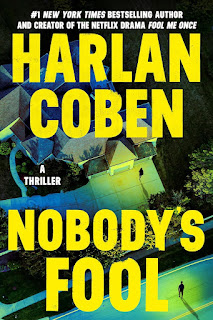





















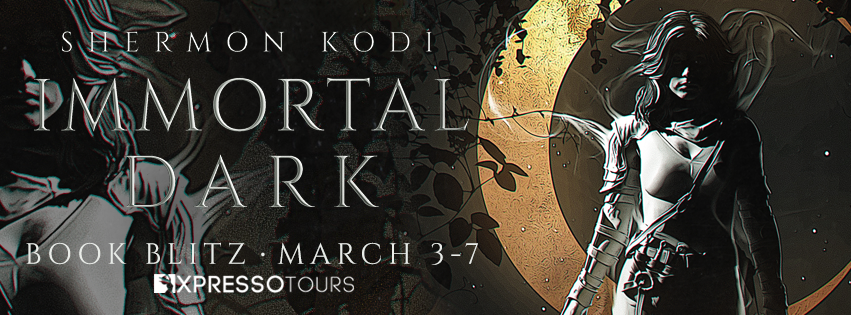

















.png)













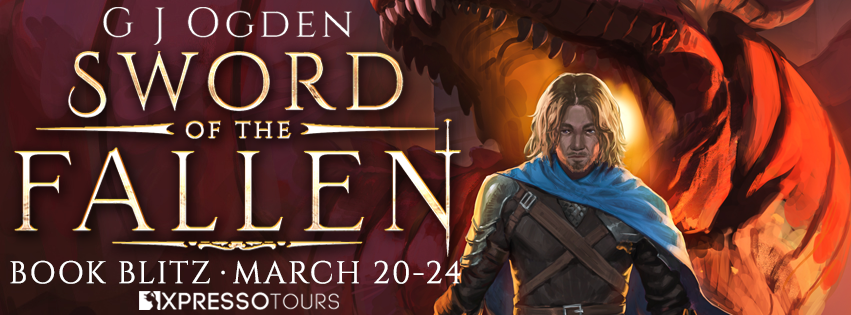









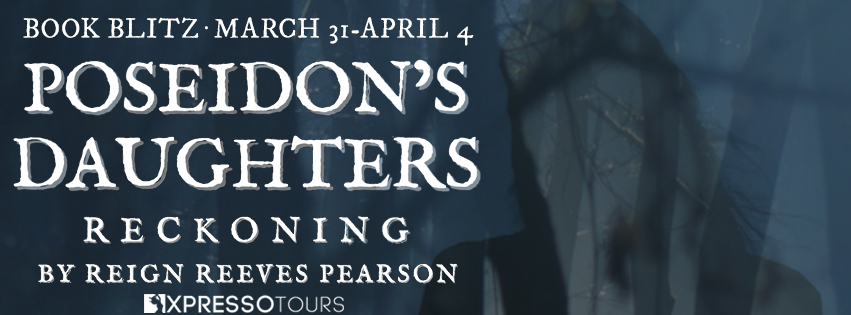





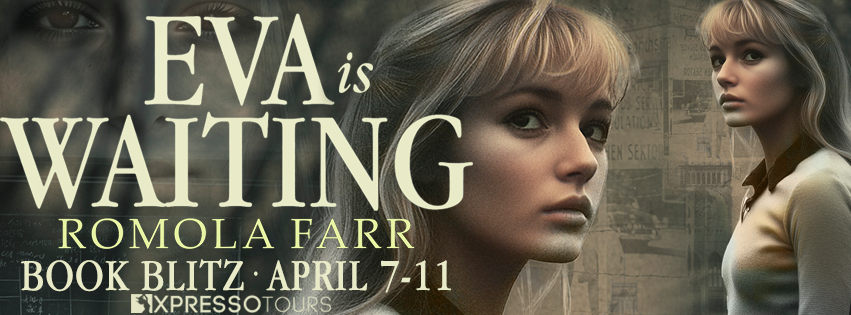










6 comments:
How many drafts did the story go through before it was published?
Sounds very interesting! Thanks for sharing :)
Bernie's quetion on number of drafts: As a novel, about 5, though lots of little back-and-fills during the course, where you have to go back and fix something before going on. And before that, writing it as a play, perhaps 3 drafts as well as making some changes during the performance runs.
sounds like a fun one
thank you for the excerpt anf the interview
What was the easiest you two produced together and what was the hardest? (in terms of vision e.g. for how a play should be, played by whom, clothing etc)
Post a Comment